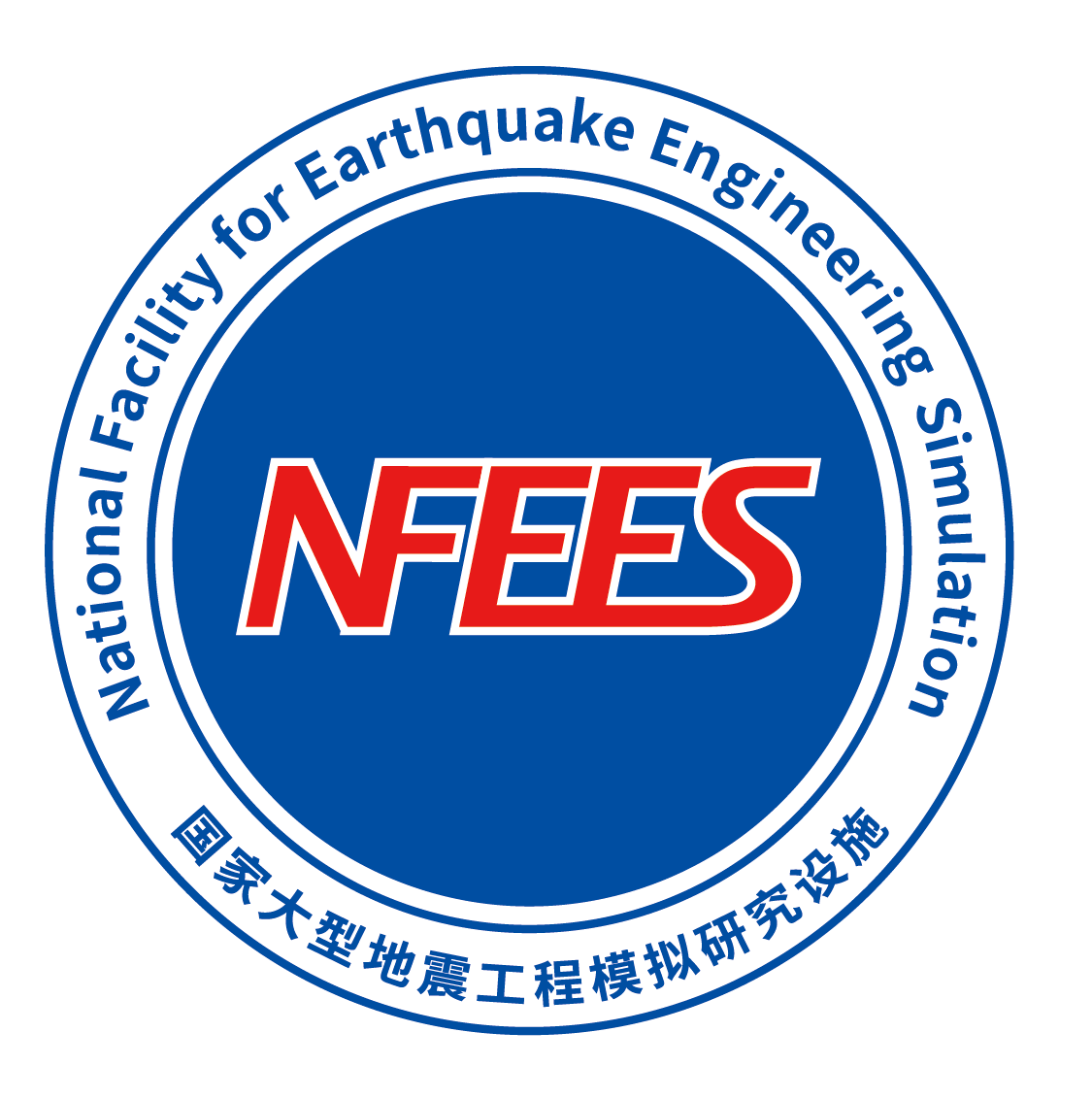Editor-in-Chief: Lili Xie
Journal list menu
Earthquake Engineering and Resilience (EER) is an international journal publishing traditional and emerging topics in earthquake engineering that contribute to future natural and man-made disaster prevention. With an interdisciplinary scope, the journal welcomes contributions from civil engineering to geophysics, covering research on strong ground motion, earthquake hazards and risks, seismic specification, and more.
Articles
Comprehensive wood dwelling tests for Post‐and‐Beam and Shear‐Wall structures reflecting foundation boundaries
- 5-32
- 30 March 2024
Graphical Abstract

This paper addresses the changes in structural mechanisms given by the upper wood structural system and the boundary conditions surrounding foundation in the Maximum-Considered-Earthquake, based on the 2019 full-scale shaking table test results for wood dwelling, and methods evaluating the dynamic responses of the building systems are also investigated. In the Fixed-Foundation system of Post-and-Beam structure unlike Shear-Wall structure, the dynamic response characteristics of the upper wood structures were properly represented using Ibarra-Medina-Krawinkler-pinching Model in the equivalent SDOF system. The peak points taht is, the maximum acceleration and displacement of the SDOF systems were consistent with the Sa-Sd spectrum of the input motions, regardless of the difference of the Base-Isolation, Foundation-Soil, and Fixed-Foundation systems.
Analytical formulations of tunnel–soil–pile interaction under seismic excitations
- 72-104
- 30 March 2024
Seismic performance loss evaluation of reinforced concrete frame structure based on updatable damage model
- 152-173
- 30 March 2024
Graphical Abstract

A directed weighted complex network based on force transfer direction and component stiffness is constructed for reinforced concrete frame structures. Then, the component damage is calculated by the degradation of its stiffness and is used to update the weight distribution of the damage network. Finally, the structural performance loss is evaluated by the degradation of damage network efficiency.
Relationship between site resonance frequency and bedrock interface at one‐dimensional sites based on the KiK‐net database
- 105-119
- 30 March 2024
Graphical Abstract

Forty-three stations that can be regarded as one-dimensional sites from the KiK-net network in Japan have been identified. The most sensitive parameter combination for theoretical noise horizontal-to-vertical spectral ratio (NHV) has been determined through parameter sensitivity analysis. The suggestion about determining the bedrock interface has been provided based on the analytical result of correlation between the f0 obtained from theoretical NHV and from observation.
The following is a list of the most cited articles based on citations published in the last three years, according to CrossRef.
Hazard considerations in the vulnerability assessment of offshore wind farms in seismic zones
- 88-109
- 18 April 2022
Seismic analysis and test facilities of deep‐water bridges considering water–structure interaction: A state‐of‐the‐art review
- 21-39
- 18 April 2022
Introduction to the National Facility for Earthquake Engineering Simulation
- 6-6
- 25 April 2022
Time‐dependent seismic resilience of aging repairable structures considering multiple damage states
- 73-87
- 18 April 2022









